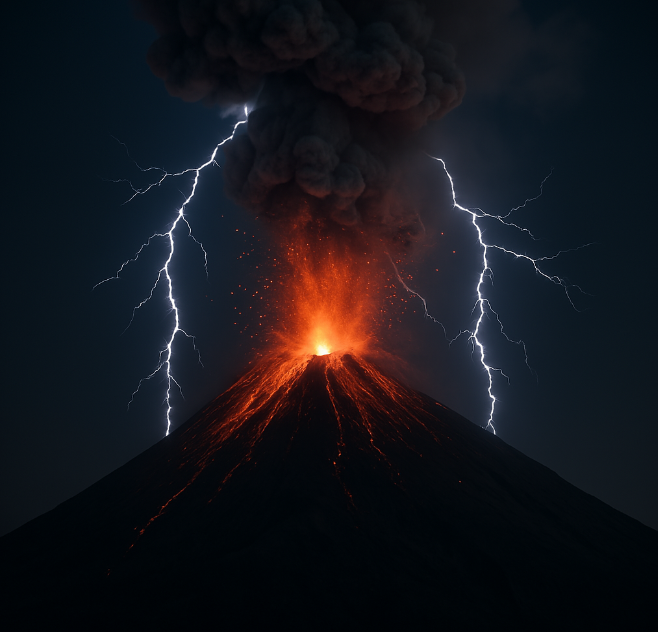
Explore the rare and electrifying phenomenon that occurs during volcanic eruptions.
Volcanoes are known for spewing lava, ash, and gas — but sometimes, they produce something even more dramatic: lightning. This rare and powerful event is called volcanic lightning, and it occurs during some of the most explosive eruptions on Earth.
Unlike regular storms, volcanic lightning doesn’t need clouds or rain to form. Instead, it happens when ash particles collide violently in the eruption plume, creating static electricity. As these charges build up, they discharge as bolts of lightning — often within seconds of the eruption.
This phenomenon has been observed in eruptions from Mount Etna in Italy to Mount Redoubt in Alaska. Some eruptions produce hundreds of lightning strikes in just a few minutes, lighting up the sky with terrifying beauty.
Scientists study volcanic lightning to better understand ash plumes and eruption intensity. Since ash clouds can affect air travel and climate, tracking electrical activity can give early warnings and vital data in real time.
Volcanic lightning is a vivid reminder of nature’s raw energy — where fire and electricity meet in the sky above a rumbling Earth.